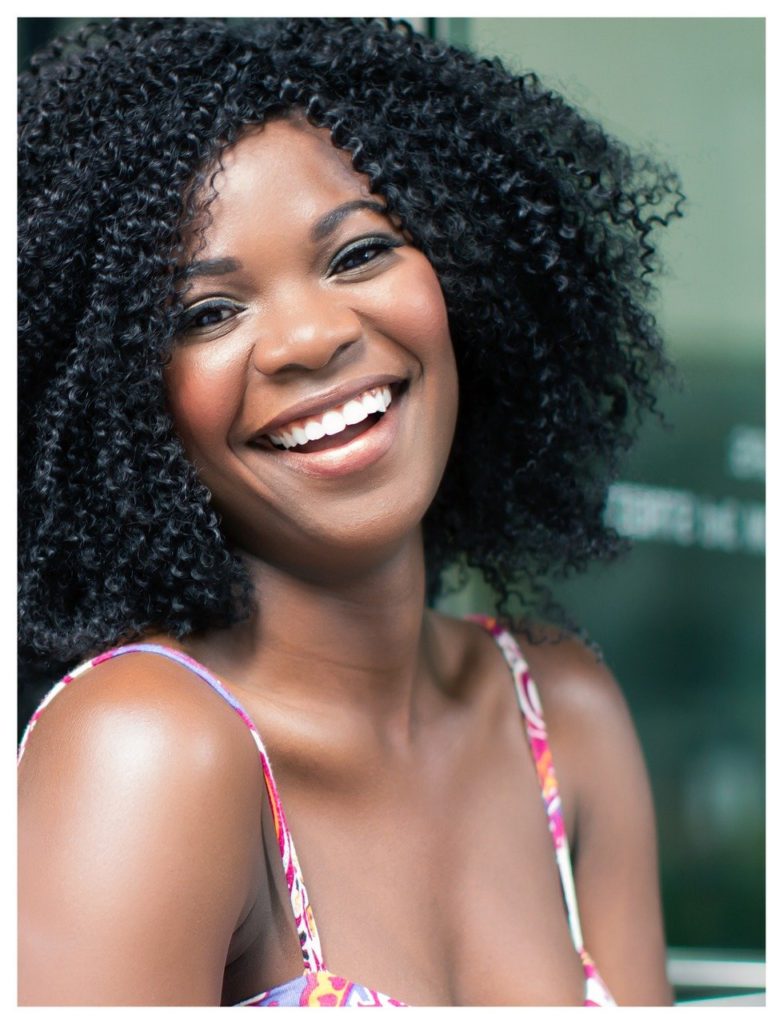Tips on Melanin Skin and Brown Spots or (Skin Pigmentation)

What does Melanin Do to Skin Pigmentation?
The sun is one of nature’s greatest gifts to mankind, giving us the ability to go outside in any season and tan. In the U.S., nearly 40% of the nation’s population enjoys the benefits of spending hours without even realizing it. Unfortunately, though the sun can give beautiful golden tints to the skin, it also brings about a large number of problems ranging from premature aging or early signs of aging to skin cancer.
One aspect in particular that the sun plays a major role in, however, is the appearance of imperfections, especially around the areas of the body that have large amounts of melanin.
Our skin contains high amounts of melanin; it can provide a protective barrier to prevent the sun from reaching the unprotected parts of the body, or it can even absorb some of the harmful effects, which is why it is so called the “third skin”.
That is why our skin is known as “dark” or “black” skin. Melanin serves to protect us from UV radiation from the sun by absorbing light and reflecting it as infrared rays that are harmful to the skin cells, and by keeping the skin from getting burned by direct exposure to the sun.
However, this protective function doesn’t last forever. As we grow older, our melanin levels decrease; thus our skin’s beauty will begin to change. The skin will become more and darker, due to the melanin in our skin simply being worn down from the sun.
Our skin will become sunburned more easily because we are more sensitive to UV radiation near the equator. The longer the exposure to the sun, the more our skin will absorb and show on the outer layer, what is known as theWhy Are ingrown hairs more common in dark melanin skin?
Why are ingrown hairs more common in dark melanin skin?
Ingrown hairs seem to be a major annoyance on many dark skinned people. We love them, but in certain types of skin pigmentation the hairs are more likely to get caught on the surface of our skin and become irritating and unsightly. We also know from a number of years of research that dark skinned people are more prone to such ingrown hairs than light colored people, a pattern that appears to be unrelated to genetic factors.
So what, if any relationship does this tell us about the way skin colors affect human biology?
This is the point where it gets REALLY interesting. Researchers are now aware that there is a major, perhaps even the major, difference about how skin color affects pigmentation and skin biology. So what, then, do we know about the role that skin color – melanin skin – plays in the development of an ingrown hair? In other words, is it possible to explain the role skin color plays in this process? It looks like it.
Ingrown hairs as a manifestation of melanin skin:
It is important to understand that dark skin (skin containing melanin), including dark-skinned people, often has a significant risk of having an ingrown hair, compared to lighter (non-skinned) skin. We might also observe this difference in a different context – for example, those who have dark colored hair sometimes have children with lighter colored hair.
This is important because, for example, I do not think that anyone can disagree with the following statement: If you are from a family with dark skin, you are less likely to have dark eye or hair color. However, for many people with dark skin, or where this characteristic is expressed in their skin, such as having light colored hair, there is a much shorter risk of having anHow to use bleaching to balance dark skin pigmentations in face and body.
How to use bleaching to balance dark skin pigmentations in face and body.
Youtube Influencer: Eva Taub from Skin Renewal Method
The reason is that bleaching takes place in epidermis and dermis layers that contain melanin. Since those layers exist before the pores (which aren’t really pores, just skin in between them), any bleaching will be mostly visible (dark patches) for at least several hours.
In the case of natural (non-photoactive) bleaching products, light exposure leads to oxidation of chemical precursors that induce darkening reactions with melanin. In other words, a process called melanin aging, in which the melanin can gradually lose its “color” (or its “natural brightness”) on its own (it seems that “white” (not black) has nothing to do with it)
The best way to know about the effect of light is when the person doesn’t look at the light. Otherwise, you can use a light source which is not blocked by clothing and still get some light exposure. Also try to cover your face with eyes open: it is better to see the effect of light, even if it means to look at the light.
The answer was about the light sensitivity and why it differs in various persons – this may be due to the quantity of melanin in the skin, its position, etc. In case of someone with extremely active photosensitivity, there may even be a noticeable change in texture/coloration and overall skin tone (light on dark) without light exposure.
